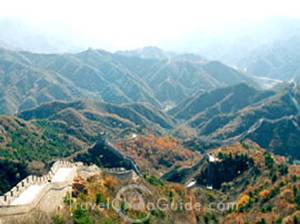 The Great Wall of China
The Great Wall of China 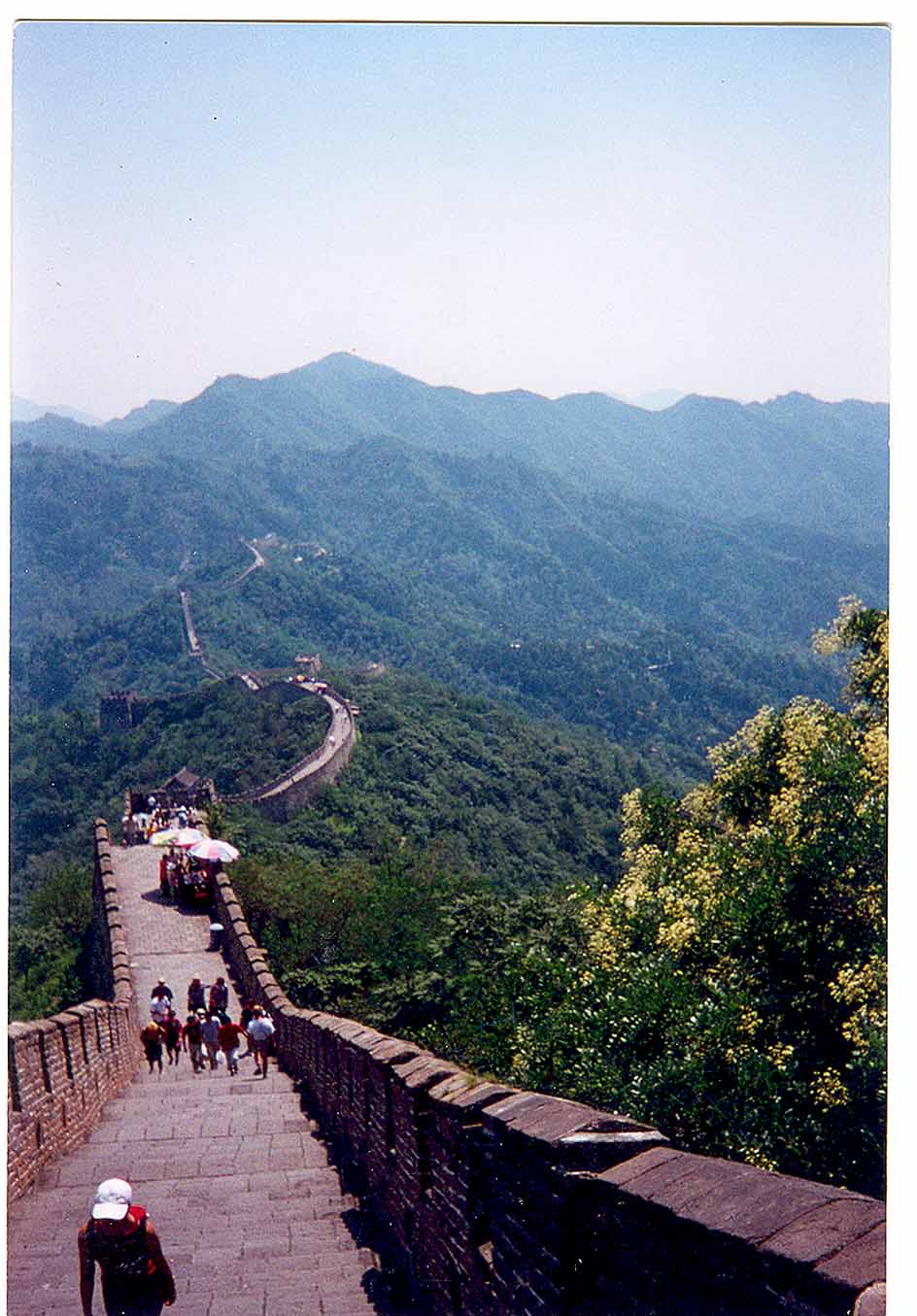
中国 万里长 城
In the north of China, there lies a 6,700-kilometer-long ancient wall. Now well known as the Great Wall of China, it starts at the Jiayuguan Pass of Gansu Province in the west and ends at the Shanhaiguan Pass of Hebei Province in the east. As one of the Eight Wonders in the world, the Great Wall of China has become the symbol of the Chinese nation and its culture.
The Great Wall, one of the greatest wonders of the world, was enlisted in the World Heritage by UNESCO in 1987. Just like a gigantic dragon, the Great Wall winds up and down across deserts, grasslands, mountains and plateaus stretching approximately 4,163 miles from east to west of China. With a history of more than 2000 years, some of the section of the great wall are now in ruins or even entirely disappeared. However, it is still one of the most appealing attractions all around the world owing to its architectural grandeur and historical significance.
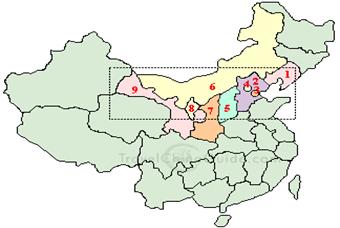
http://www.travelchinaguide.com/china_great_wall/
History & Construction 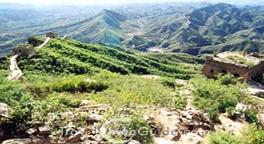
The Great Wall is reputed as one of the seven construction wonders in the world not only for its long history, but its massive construction size, and its unique architectural style as well.
A great army of manpower, composed of soldiers, prisoners, and local people, built the wall. The construction result demonstrates the manifestation of the wisdom and tenacity of the Chinese people.
The construction of the Great Wall began between the 7th and 8th centuries B.C. when the warring states built defensive walls to ward off enemies from the north. It was only a regional project then. Until the Qin Dynasty, the separate walls were joint together and consequently it stretched from east to west for about 5000 thousand kilometers and served to keep nomadic tribes out. The Wall was further extended and strengthened in the succeeding dynasties. Especially during the Ming dynasty when the northern nomadic ethnic groups became very powerful, the Ming rulers had the Wall renovated 18 times. As a result, not the remains from the Qin dynasty were restored, but some 1000 kilometers were constructed to a full length of 6,700 kilometers.
The architectural style of the Great wall is a marvel in the history of construction in the world. Since the weaponry only consisted of swords and spears, lances and halberds, and bows and



arrows in the ancient times, walls with passes, watchtowers, signal towers, together with moats became an important strategy. To ensure the safety of the dynasties, the feudal rulers strove to improve the construction of the Great Wall after it took shape in the Qin dynasty. Emperor Qin Shihuang's contribution to the design of the Wall is considered to be of great importance as it ensured peace for the people in the northern part of China against the Huns and established a pattern of defense for future generations.
The Great Wall of the Qin Dynasty was built at the expense of many lives. It involved the backbreaking toil of tens of thousands of people including conscripted soldiers, slaves, convicts as well as ordinary people. It is for this reason that the story of the Great Wall is often associated with the tyranny of the First Emperor of Qin. The Ming dynasty saw the creation of a sophisticated defense system along the wall embracing garrison towns, garrison posts, passes, blockhouses, additional wall structures, watchtowers and beacon towers, each given a different status and designed mission. The system enabled the imperial court to stay in touch with military and administrative agencies at various levels, including those at the grassroots, and provided the frontier troops with facilities to carry out effective defense.
The Great wall we see today is mostly from the Ming dynasty, the wall extends for some 4,160 miles (6,700 km), often tracing the crest lines of hills and mountains as it snakes across the Chinese countryside. With an average height of 10 meters and a width of 5 meters, the wall runs up and down along the mountain ridges and valleys from east to west. It stands as a witness of the Chinese history, culture and development.
Protection
No one who has seen part of the Great Wall of China can deny that this wonder of ancient military fortification is a fantastic relic from the past that also bears witness to human endeavor. The Wall attracts hundreds of thousands of visitors each year from all parts of the world. The Great Wall is probably the most widely recognized and enduring symbol of China and it has been rightly said, "The man who doesn't visit the Wall has never been to China."
In its entirety, the Great Wall, or to give it its Chinese name Wan Li Chang Cheng, stretches over 10,000 li or 5,000 kilometers. Following a forty-five day long survey of 101 sections of the Wall in different provinces, the China Great Wall Academy reported on December 12, 2002 that this distance is now merely an historic record. The forces of nature and destruction at the hand of mankind are bringing about the gradual reduction of its extent with the result that less than 30% remains in good condition. The Academy has called for greater protection of this important relic.
Fight against natural calamity
While the effects of nature are gradual and may take effect over a quite lengthy period, the deliberate destruction by man could totally deplete the Wall in a very short space of time.

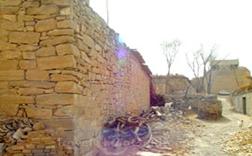

Should the new be built from the old?
Some parts have been dynamited and the stone sold off. This means that traces of the wall are hard to find in some areas. This begs the question "Is it right that the new should be built from the old?"
Pictured is a peasant who was busily building a stockyard of bricks taken from the Wall. Nearby, it was plain to see tracks where material had been hacked from the surface of the Wall. Although there are regulations forbidding the construction of new buildings within 150 meters of the Wall, it appears that this official announcement has failed to reach every corner of the city.
Weeping Lady Story
Lots of beautiful legends and stories about the Great Wall took place following along the construction, and since that time these stories have spread around the country. Those that happened during construction are abundant. Meng Jiangnu's story is the most famous and widely spread of all. The story happened during the Qin Dynasty (221BC-206BC). It tells of how Meng Jiangnu's bitter weeping made a section of the Great Wall collapse. Meng Jiangnu's husband Fan Qiliang was caught by federal officials and sent to build the Great Wall. Meng Jiangnu heard nothing from him after his departure, so she set out to look for him. Unfortunately, by the time she reached the great wall, shediscovered that her husband had already died.
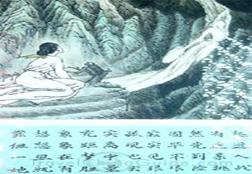
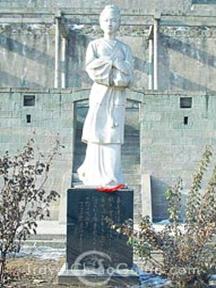
Hearing the bad news, she cried her heart out. Her howl caused the collapse of a part of the Great Wall. This story indicates that the Great Wall is the production of tens of thousands of Chinese commoners.
Beautiful stories and legends about the Great Wall help to keep alive Chinese history and culture. In each dynasty after the building of the Great Wall, many more stories were created and spread.
Return to: